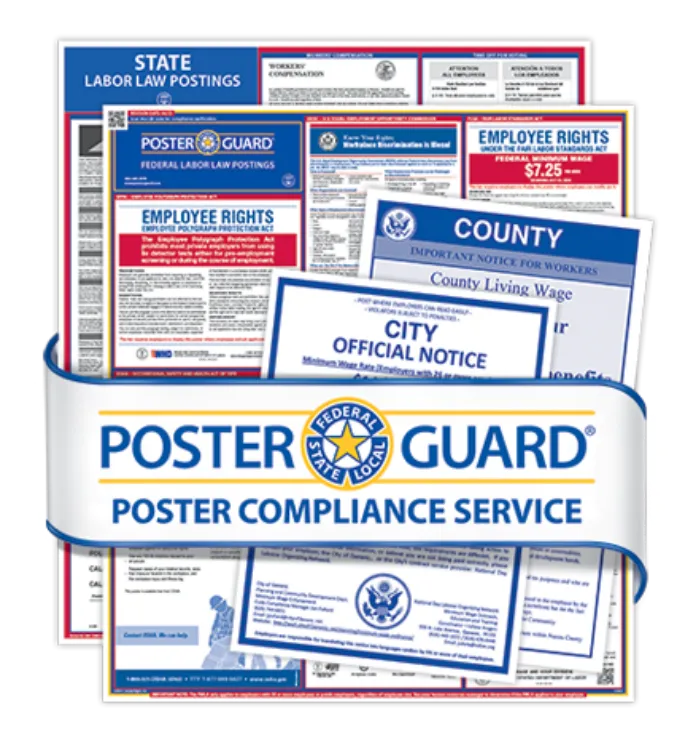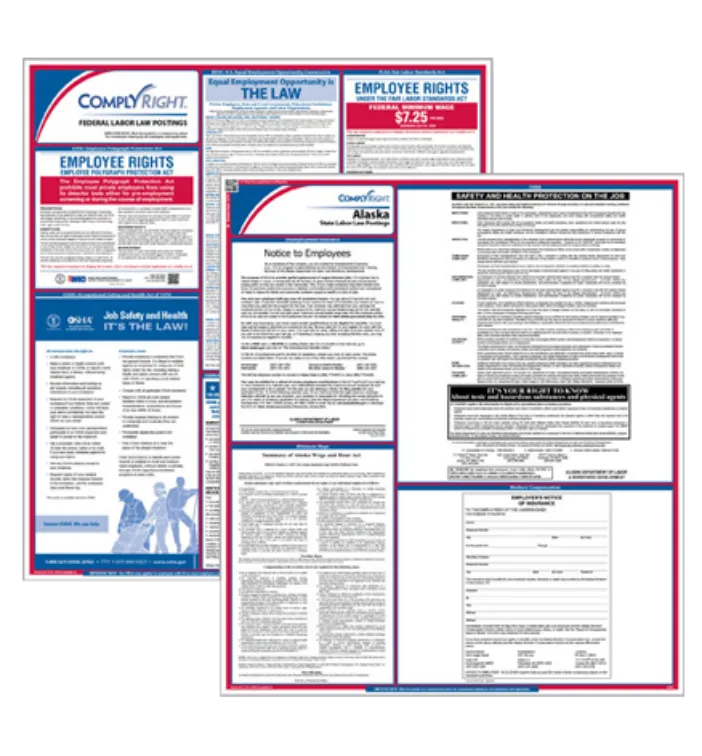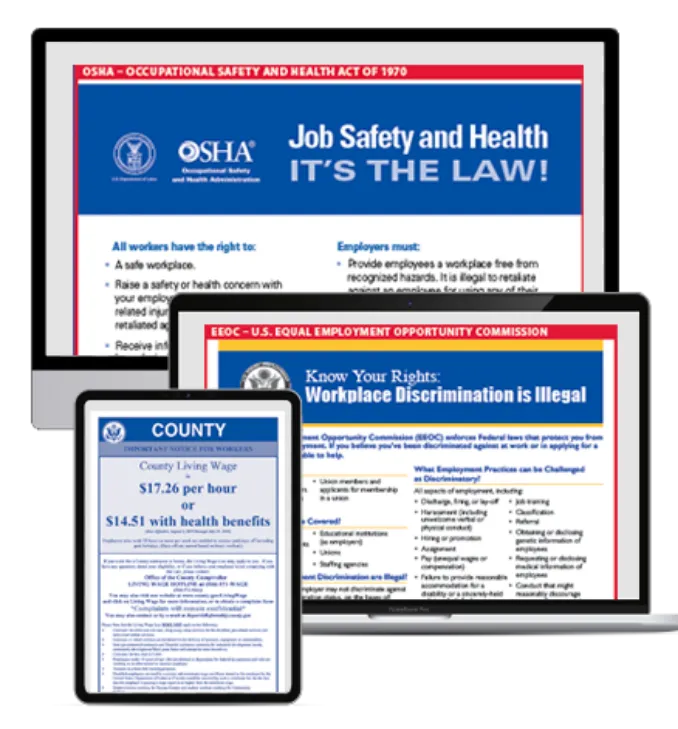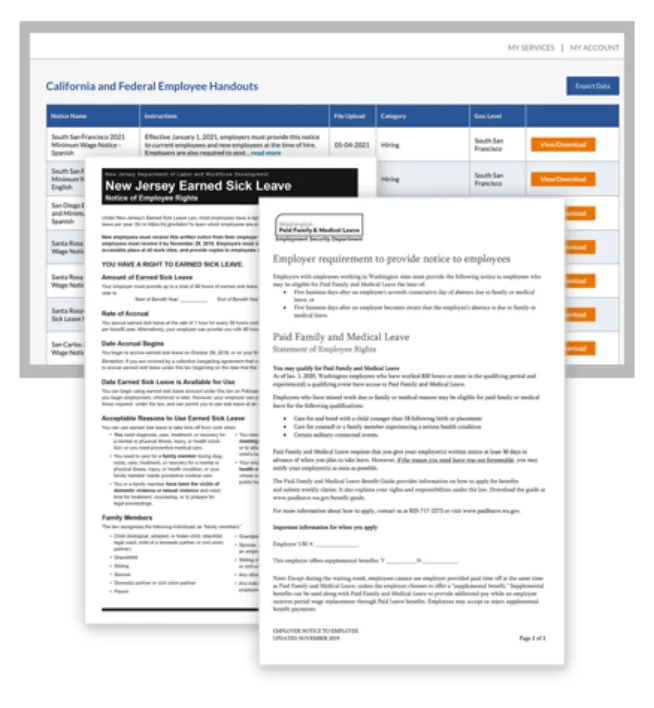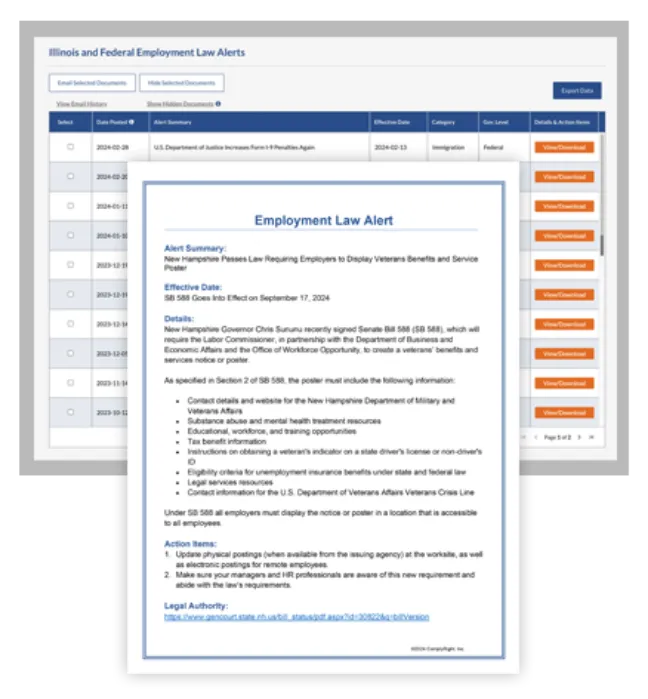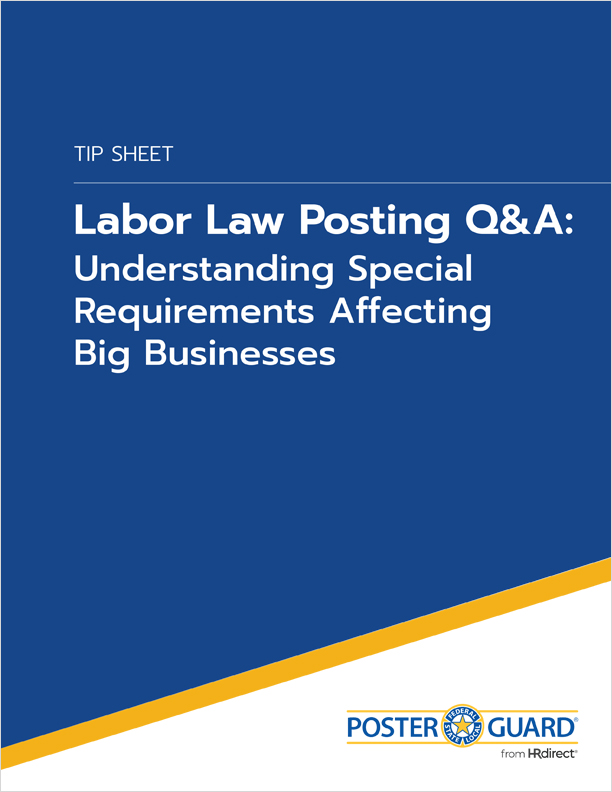Because of the COVID-19 situation, many businesses are functioning differently than they did in early 2020. Even the process for confirming an employee’s eligibility to work in the United States — via the I-9 form and E-Verify — has been impacted. Due to the challenges of COVID-19, the DHS has relaxed E-Verify requirements for employers operating remotely. Among the modifications for the COVID-19 remote world, the agency has expanded the list of acceptable documents — and issued new guidelines regarding in-person requirements.
How E-Verify Works
Basically, E-Verify is a free, internet-based system operated by the U.S. Department of Homeland Security (DHS) to confirm a new employee’s work authorization status. It runs a cross-check of each employee’s I-9 information against records in the DHS and Social Security Administration databases to verify the individual is legally authorized to work in the United States.
In support of the Immigration and Reform Control Act (IRCA), E-Verify strives to:
- Reduce the employment of unauthorized workers
- Prevent verification-related discrimination
- Minimize the administrative work for employers
- Protect workers’ privacy and civil liberties
E-Verify is used in tandem with your I-9 documentation procedures. Every new hire must complete section 1 of the I-9 form on or before their first day of work. You then review the appropriate documentation within three days of the employee’s start date and certify on the form that you’ve done an in-person review, that the documents appear genuine and they’re tied to the employee you’ve hired.
Then you use E-Verify, pulling information from sections 1 and 2 of the I-9 to start an E-Verify search. (Please note: Like the I-9 form, you can’t use E-Verify for applicants; you have to wait until an employee has accepted an actual job offer.)
Most employers are pleasantly surprised at how fast and efficient the system is. Nearly 99% of work-authorized employees are confirmed instantly or within 24 hours, requiring no further action from you or the employee.
On average, employers who use E-Verify receive an initial response of employee work authorization within 3-5 seconds.
Document Changes to Meet Challenges of COVID-19
During the COVID-19 situation, certain areas are under stay-at-home orders. This, coupled with the fact that many online renewal services are restricted, means employees may not be able to renew a state driver’s license, state ID card or other List B identity documents used to complete the Form I-9. Effective May 1, any of these identity documents set to expire on or after March 1, 2020 — and not extended by the issuing authority — may be treated as if the employee provided a valid receipt for an acceptable document.
If you receive an expired document, you should record the information in Section 2 of the I-9 and indicate “COVID-19” in the Additional Information box. Ninety days after the DHS terminates this temporary policy, the employee must present a valid unexpired document to replace the expired one at the time of initial hire. At that point, you should record the number and other information from the presented document, and initial and date the change on the I-9 form.
Note that if the employee’s List B identity document expired on or after March 1, 2020 – and the issuing authority extended the expiration date due to COVID-19 — the document is acceptable as a List B item (not as a receipt) during the extension timeframe. In this case, you should enter the document’s expiration date in Section 2 and indicate “COVID-19 Ext” in the Additional Information box. For these extended documents, the employee isn’t required to later present a valid unexpired document.
As an E-Verify participant, you can use the employee’s expired List B document number to create the typical E-Verify search within three days of the date of hire.
In-Person Adjustments During COVID-19
In addition to the above steps with expired identity documents, the DHS is allowing discretion regarding the typical in-person review of Section 2 documents. Again, this only applies to employers who are solely operating remotely. Such employers can review identity and employment authorization documents via video, fax, email or other electronic means to complete the I-9 within the typical timeframe. Retain copies of the documents and enter “COVID-19” as the reason for the physical inspection delay in the Section 2 Additional Information box. Once you’ve resumed normal operations, you should inspect the original documents within three days and make a note “documents physically examined” with the date of inspection.
Although this temporary guidance was set to expire May 19, the DHS has extended it for an additional 30 days.
Stay on Top of Posting Requirements
Are you already taking advantage of E-Verify for faster, more accurate employment eligibility verification? Whether you’re using E-Verify voluntarily or because it’s mandatory, you must display two posters for compliance: E-Verify Poster and Right to Work Poster. Both posters must appear in English and Spanish, and they must be displayed where applicants and employees can see them. The Poster Guard® E-Verify Service provides the required postings, one year of legal monitoring and automatic shipping of replacements whenever a mandatory change occurs.

